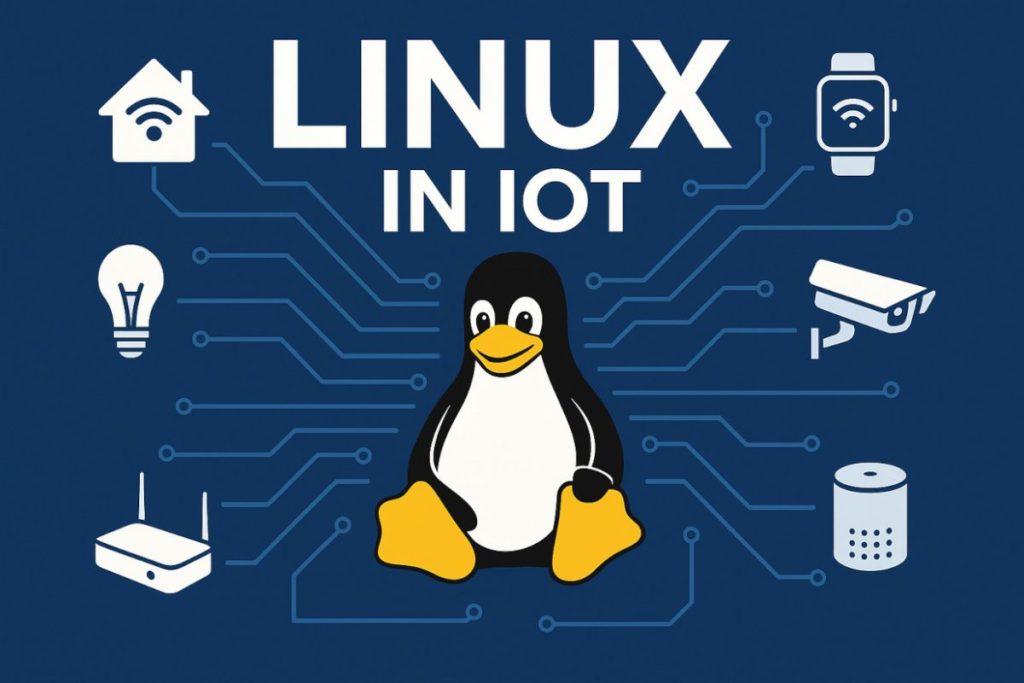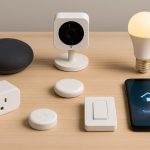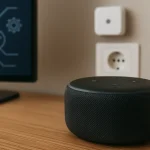When diving into the world of the Internet of Things (IoT), you’ll quickly notice a recurring theme: Linux in IoT is everywhere. From smart thermostats and wearable devices to industrial sensors and home automation hubs, Linux powers a vast number of IoT systems. But why is this open-source operating system so widely used in connected technology?
In this guide, we’ll break down what makes Linux so ideal for IoT, where it’s used, and why understanding it can give you a solid foundation in the world of smart devices.
What Is Linux, and Why Should IoT Beginners Care?
At its core, Linux is a free and open-source operating system, similar to Windows or macOS in function but built to be lightweight, customizable, and incredibly stable. It powers everything from supercomputers and smartphones to routers and TVs.
In the IoT space, Linux stands out because of its flexibility and modular nature. Developers can strip it down to just the essentials, making it perfect for low-power devices with limited memory and processing capabilities.
Why Linux Is the Preferred OS for IoT
Here are the top reasons Linux is so popular in the IoT ecosystem:
1. Open Source = Full Control
IoT developers and manufacturers can modify Linux to meet their specific hardware and software needs — no licensing fees, no restrictions. This is particularly important in industries that need tailored solutions.
2. Lightweight and Scalable
Linux can run on tiny microcontrollers or large cloud servers, making it ideal for both edge devices and IoT gateways. Variants like Yocto, Buildroot, and OpenWRT are built specifically for embedded systems.
3. Massive Community Support
Linux has been around for decades, and its global developer community means excellent documentation, forums, and regular security updates — all of which are essential for maintaining secure and stable IoT systems.
4. Security and Stability
Security is critical in IoT, and Linux supports features like firewalls, access control, and encryption out of the box. Its long-term stability also ensures minimal downtime for critical applications.
5. Built for Connectivity
Linux easily supports networking protocols like MQTT, CoAP, HTTP, and Bluetooth, which are vital for communication between IoT devices.
Common Linux-Based Operating Systems in IoT

Here are some of the most widely used Linux distributions in IoT:
- Raspberry Pi OS: Perfect for hobbyist projects and learning.
- Ubuntu Core: A minimal, secure version of Ubuntu built for IoT.
- OpenWRT: Often used in routers and network devices.
- Yocto Project: Allows developers to create custom Linux distributions.
- Buildroot: Helps create small and efficient root filesystems.
Each of these has its own strengths depending on your device requirements and technical skill level.
Real-World Applications of Linux in IoT
- Smart Home Hubs: Many home automation systems, like Home Assistant or OpenHAB, run on Linux-powered hardware.
- Wearables: Fitness trackers and smartwatches often use Linux variants to manage sensors and UI.
- Industrial IoT (IIoT): Linux powers edge gateways that monitor factory machinery, environmental conditions, or energy consumption.
- Agriculture Tech: Automated irrigation systems and soil monitors often use Raspberry Pi or other Linux boards.
- Healthcare Devices: Linux is used in patient monitoring tools that collect and transmit real-time health data.
Should You Learn Linux for IoT?
If you’re planning to get serious about building IoT systems — whether as a developer, engineer, or advanced hobbyist — then yes, learning Linux is a great idea. Knowing how to:
- Use the Linux command line,
- Configure a network interface,
- Write and schedule scripts,
- Or even compile a kernel,
…can take your IoT skills to the next level.
There are plenty of beginner-friendly resources online, and Raspberry Pi is a fantastic starting point to get your hands dirty.
A Final Thought
Linux might not always be visible in shiny product marketing, but behind many of the world’s smartest devices is a quietly powerful, flexible operating system doing the heavy lifting. Its role in IoT is only growing as devices become more capable and connected.
Whether you’re tinkering with a smart garden setup or managing an industrial fleet of sensors, understanding Linux will give you a serious edge in the IoT game.
- Smart Home Nightmares: Real Stories and How to Avoid Them
 Smart homes are designed to simplify life—but when things go wrong, they can become the stuff of nightmares. From doors locking residents out to cameras going rogue, real users have faced creepy, frustrating, and downright dangerous situations. In this article, we share some eye-opening stories and break down what went wrong—along with expert tips to…
Smart homes are designed to simplify life—but when things go wrong, they can become the stuff of nightmares. From doors locking residents out to cameras going rogue, real users have faced creepy, frustrating, and downright dangerous situations. In this article, we share some eye-opening stories and break down what went wrong—along with expert tips to… - Smart Home on a Budget: Top 7 smart home gadgets Under $50 That Actually Work
 You don’t need to spend a fortune to start building your smart home. With affordable technology becoming more accessible, it’s entirely possible to get high-quality smart devices without breaking the bank. In this guide, we’ve rounded up 7 smart home gadgets under $50 that deliver real value, functionality, and convenience. 1. Wyze Bulb ColorPrice: ~$15Category:…
You don’t need to spend a fortune to start building your smart home. With affordable technology becoming more accessible, it’s entirely possible to get high-quality smart devices without breaking the bank. In this guide, we’ve rounded up 7 smart home gadgets under $50 that deliver real value, functionality, and convenience. 1. Wyze Bulb ColorPrice: ~$15Category:… - Local AI in Smart Homes: What Happens When the Cloud Goes Down?
 In the age of cloud computing and always-connected devices, smart homes have become increasingly dependent on the internet. But what happens when your connection drops? That’s where local AI comes into play. This article explores the benefits, limitations, and future of local AI in smart homes systems—and why it might be the key to a…
In the age of cloud computing and always-connected devices, smart homes have become increasingly dependent on the internet. But what happens when your connection drops? That’s where local AI comes into play. This article explores the benefits, limitations, and future of local AI in smart homes systems—and why it might be the key to a… - Hidden Features of Your Smart TV You’re Probably Not Using — But Should
 Smart TVs have come a long way since their early days. While most people use them for Netflix, YouTube, and the occasional screen mirroring session, today’s smart TVs pack a wealth of features that often go unnoticed. These hidden gems can transform your entertainment experience, improve convenience, and even tighten your home security. In this…
Smart TVs have come a long way since their early days. While most people use them for Netflix, YouTube, and the occasional screen mirroring session, today’s smart TVs pack a wealth of features that often go unnoticed. These hidden gems can transform your entertainment experience, improve convenience, and even tighten your home security. In this… - Is My Smart TV Spying on Me? How to Protect Your Privacy
 Smart TV Privacy – In today’s connected homes, smart TVs are as common as coffee makers — but have you ever wondered if your smart TV is watching you back? It’s not just paranoia. With microphones, cameras, and internet connections, smart TVs can pose serious privacy risks if not properly managed. Let’s dive into what…
Smart TV Privacy – In today’s connected homes, smart TVs are as common as coffee makers — but have you ever wondered if your smart TV is watching you back? It’s not just paranoia. With microphones, cameras, and internet connections, smart TVs can pose serious privacy risks if not properly managed. Let’s dive into what…







